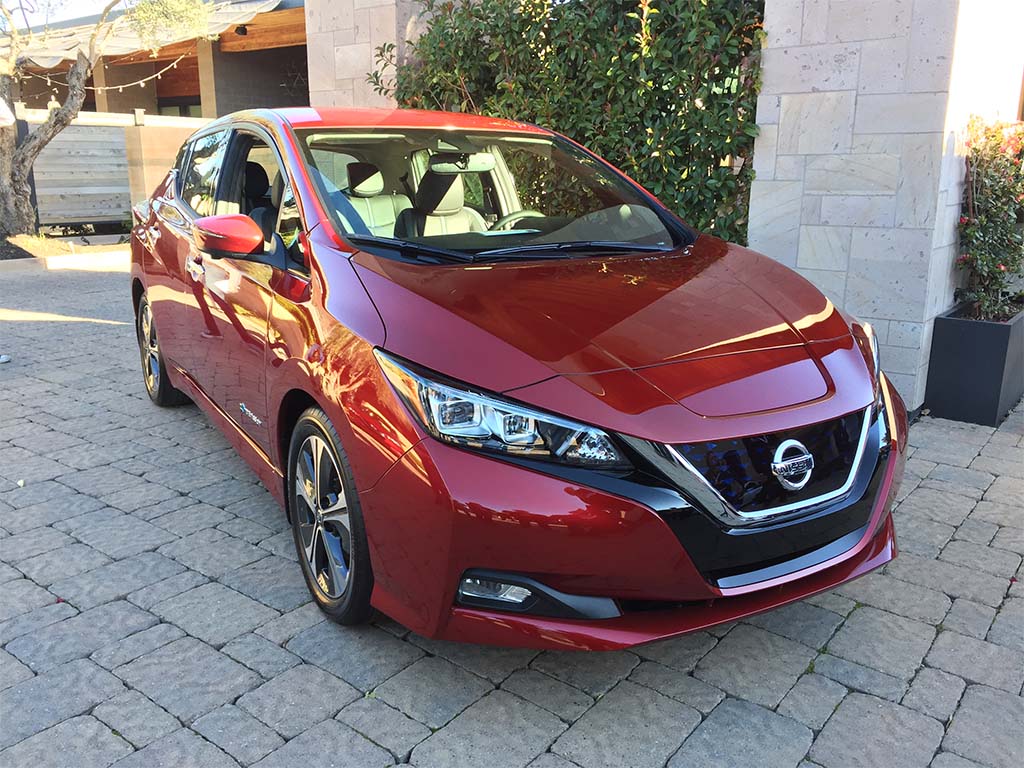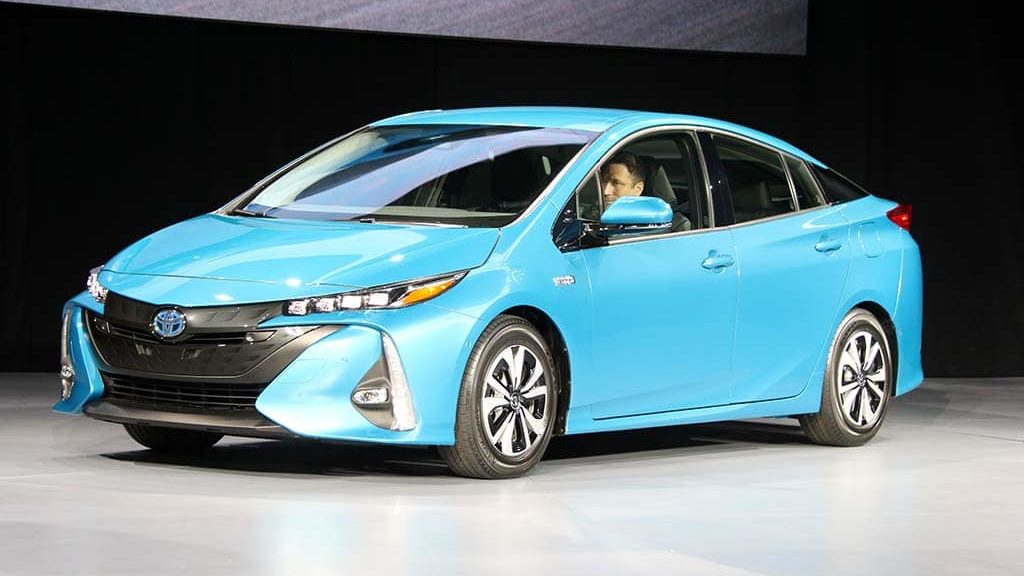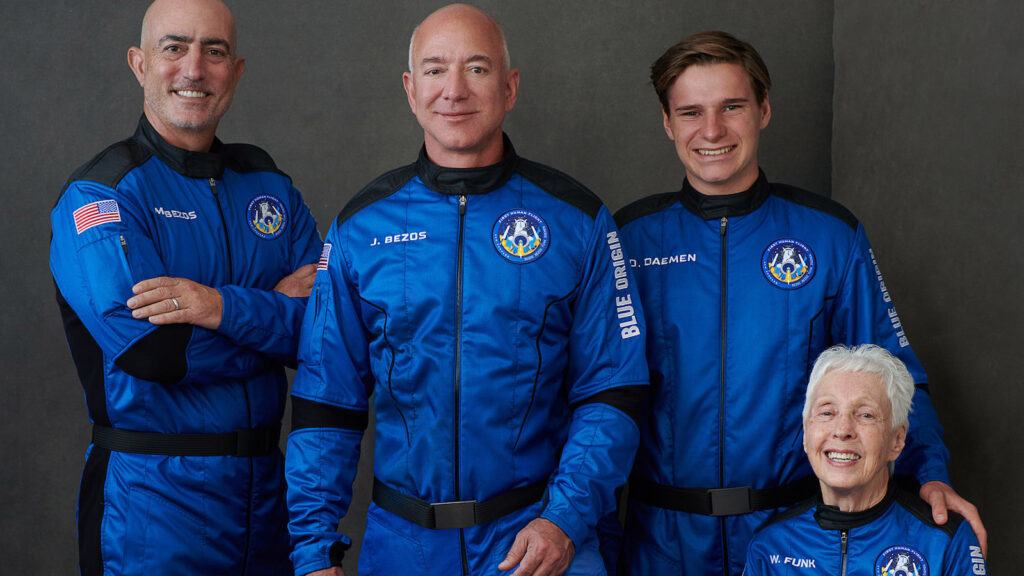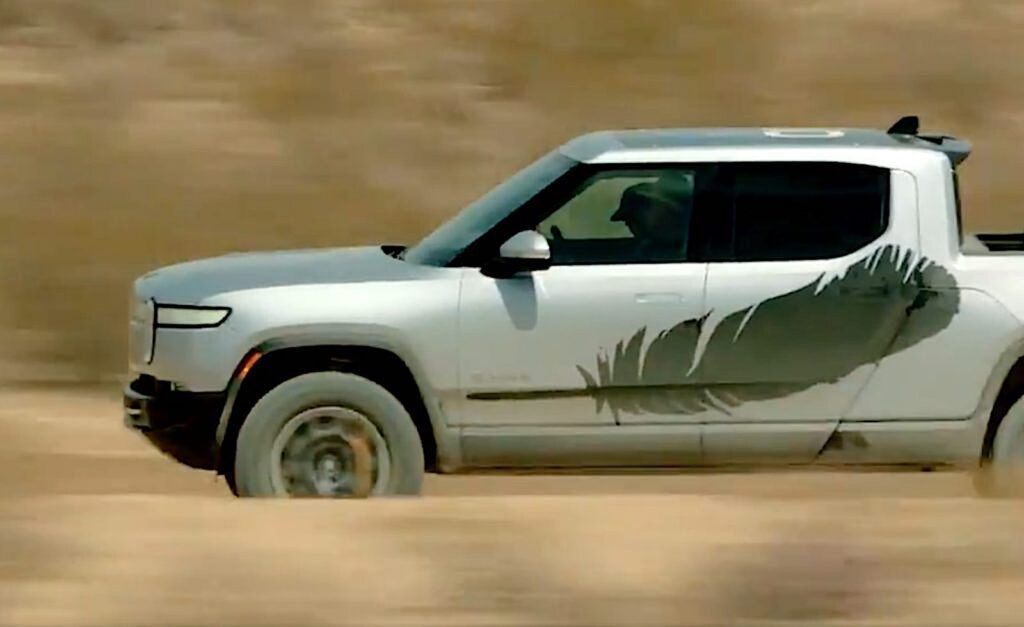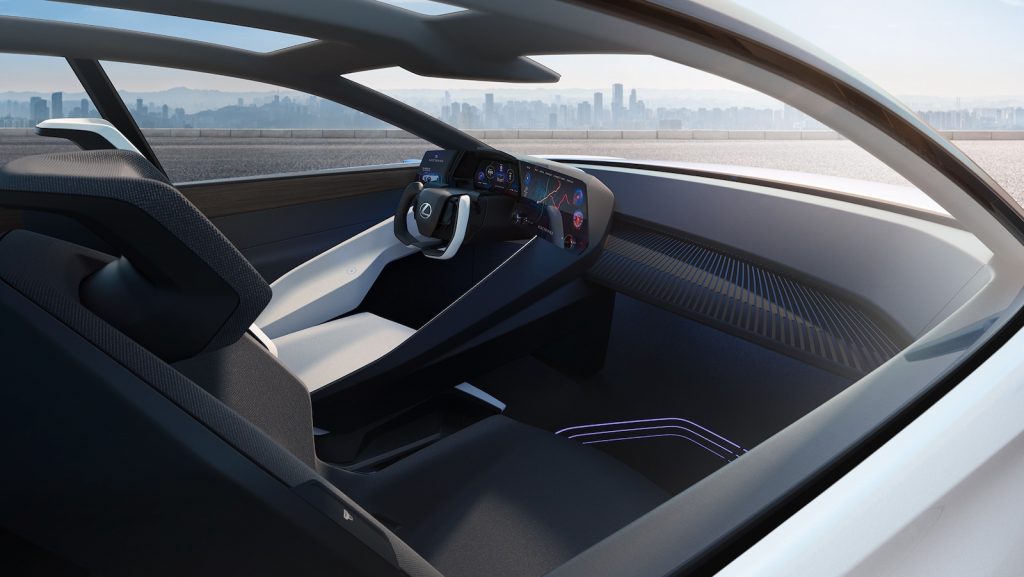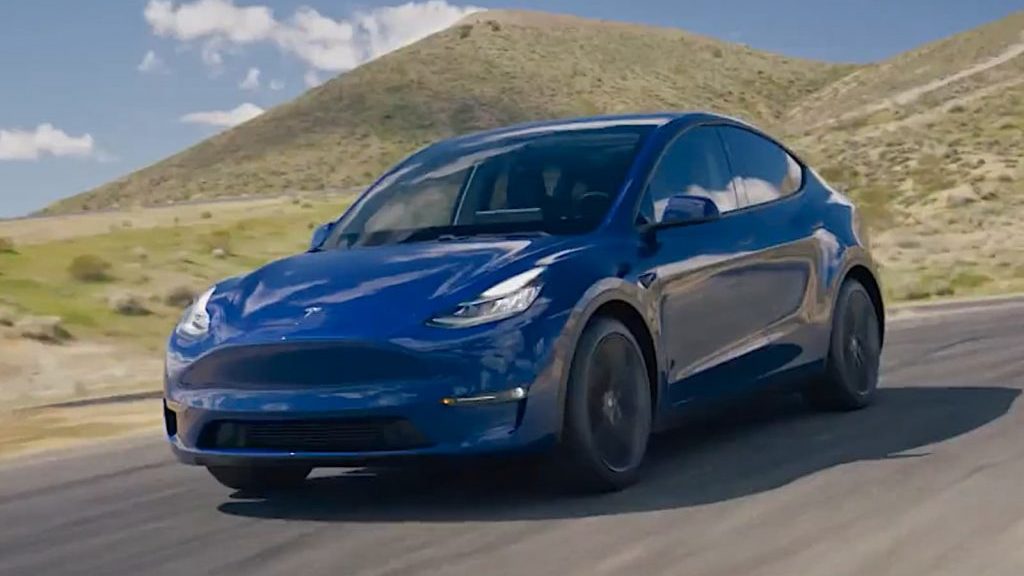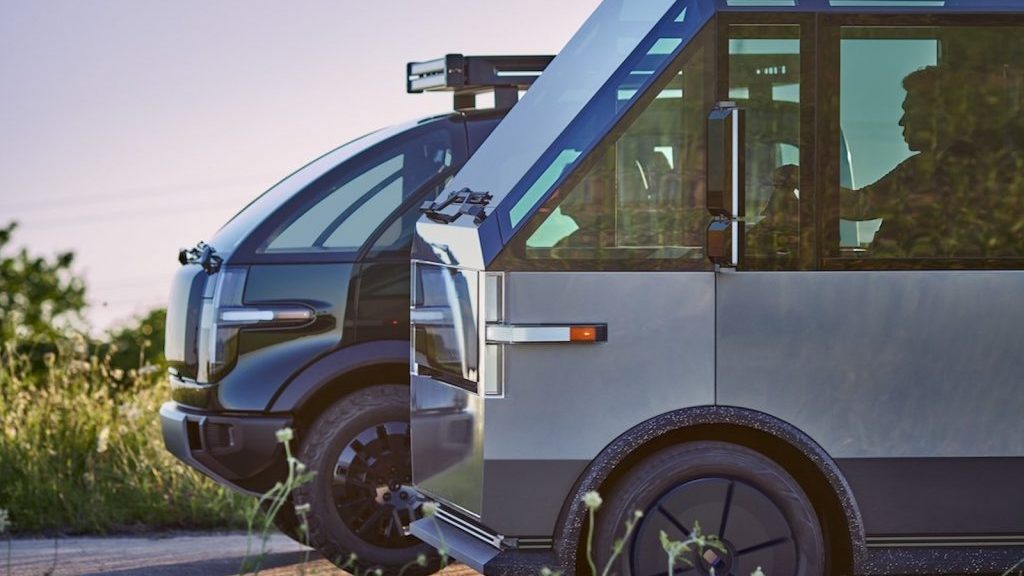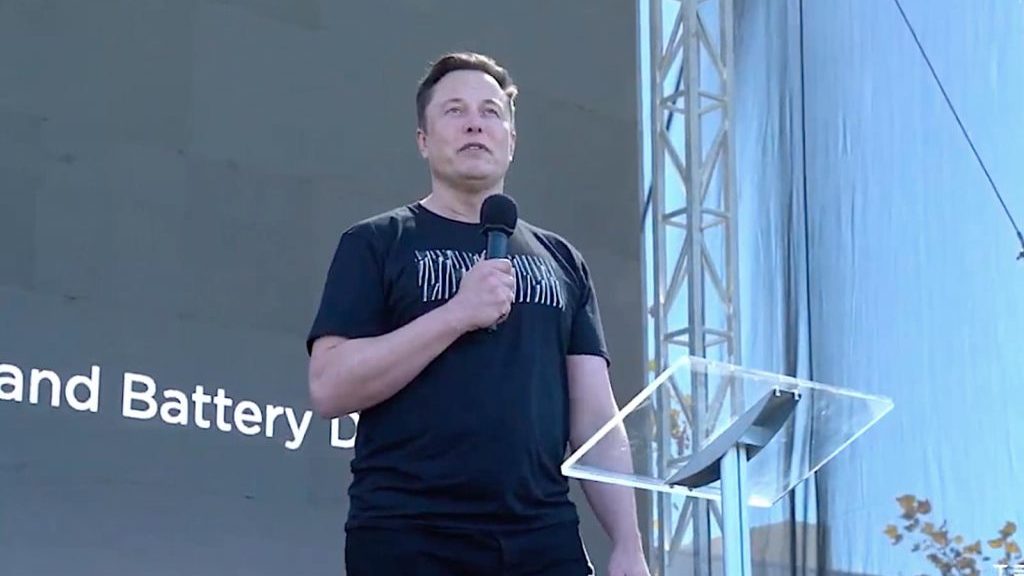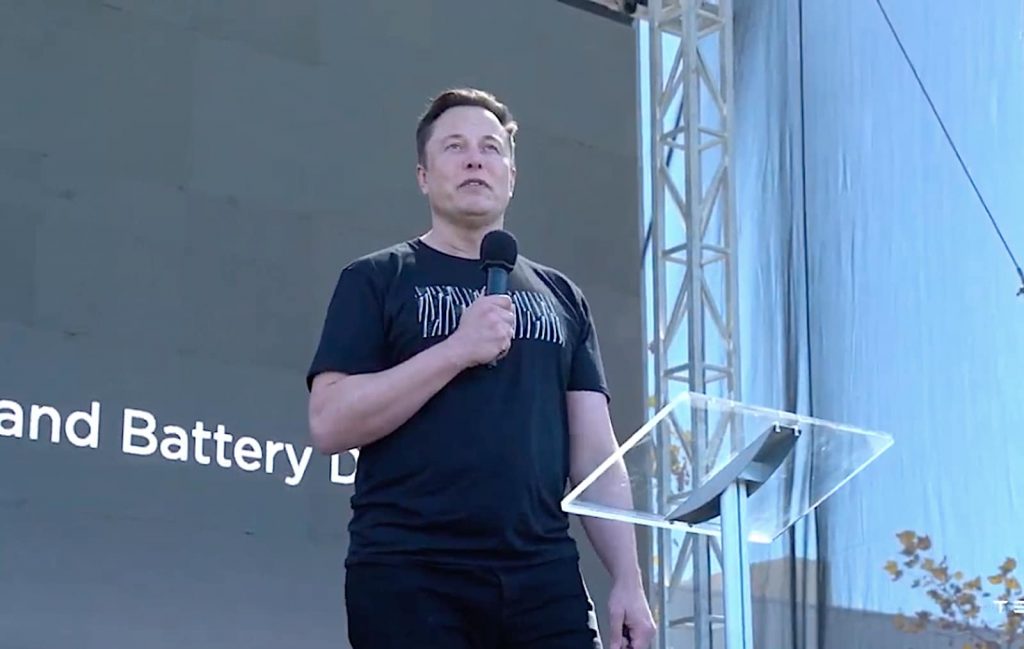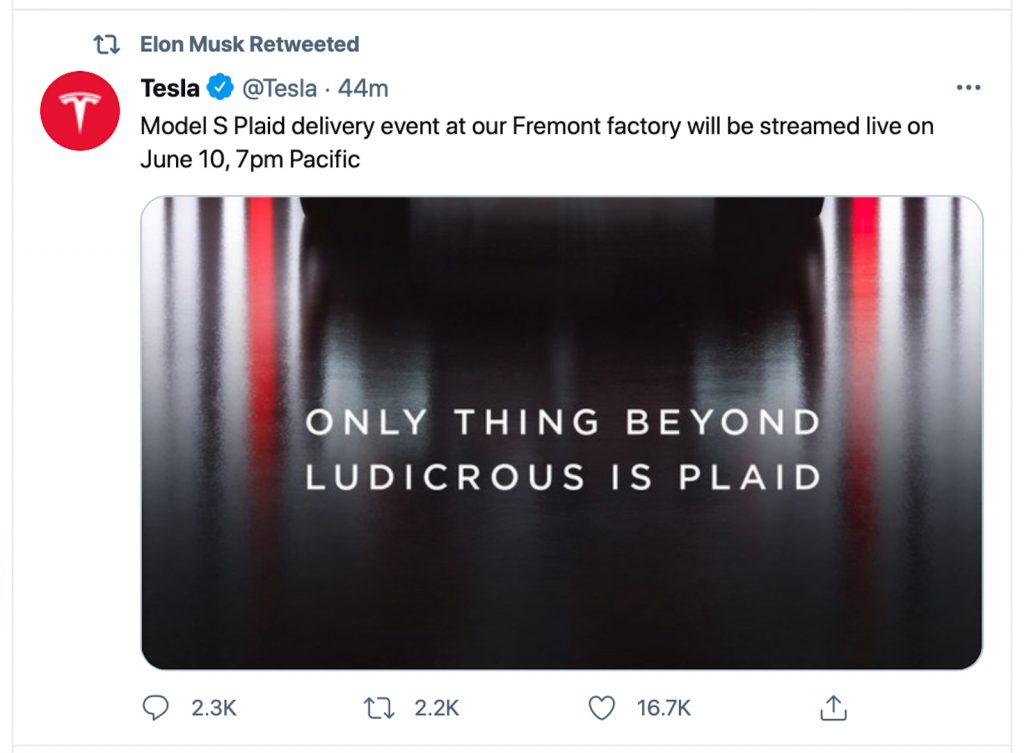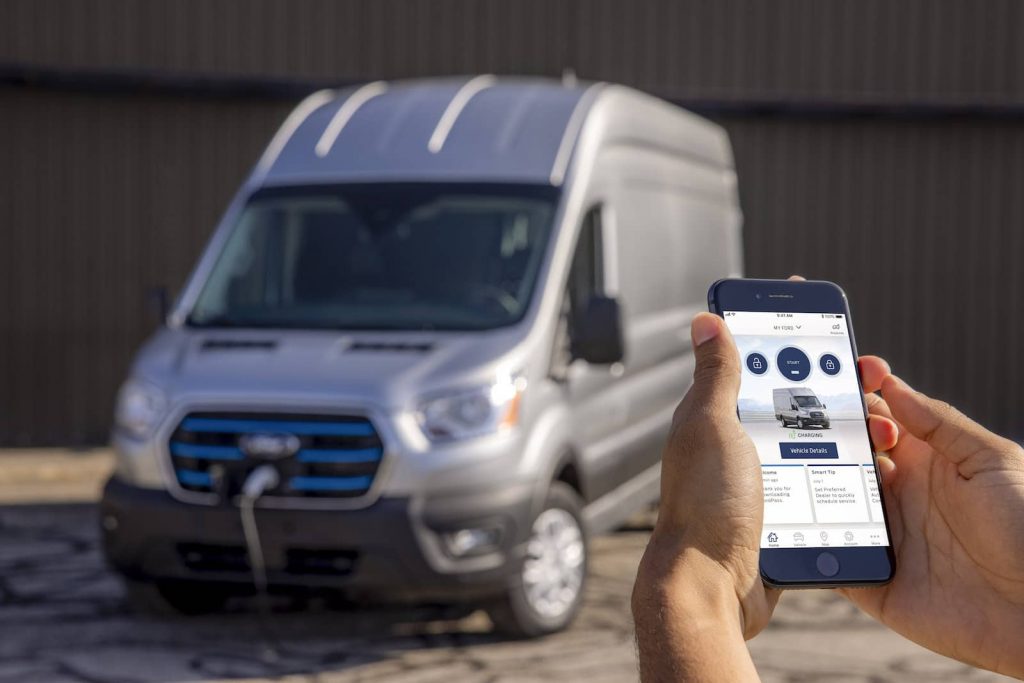
The debate about whether or not automakers will shift to electric vehicles has seemingly changed to when the change will occur.
The age of the internal combustion engine is coming to a close — or so you might think considering the latest headlines.
A growing number of countries and regions have laid out plans to ban gas and diesel engines, Great Britain recently moving its ban up to 2030. California wants to ban internal combustion engine sales by 2035.
While automakers have traditional resisted regulatory requirements, the industry is actually taking the lead, in many cases. At least 10 have laid out plans to fully electrify their product lines. Some, including General Motors, intend to switch to 100% zero-emission vehicles — which can include battery-electric, as well as hydrogen fuel-cell vehicles. Others plan a mix of BEVs and hybrids.
Here’s a look at where things stand today — though you can expect to see even more news in the next year or two, other manufacturers hinting they may follow.
General Motors
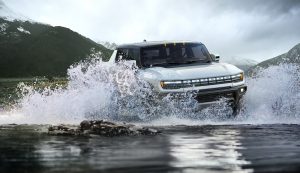
The GMC HUMMER EV is designed to be an off-road beast, with all-new features developed to conquer virtually any obstacle or terrain.
The world’s fifth-largest automaker by sales — demoted one spot after the recent formation of Stellantis — is the largest manufacturer laying out plans to go 100% battery electric. The company has been accelerating plans and now expects to have 30 BEVs in global showrooms by 2025, while banning ICE power entirely a decade later. The rollout is just gaining momentum but the Hong Guang Mini EV GM is building with Chinese partners Wuling and SAIC is now the world’s best-selling BEV. Significantly, the flagship Cadillac brand will be first to go 100% electric by 2030, officials revealed.
Volkswagen
The story here is a complicated one. The German giant clearly is spending more than any competitor on electrification — more than $80 billion to bring out more than 50 BEVs by mid-decade. But its plans vary by brand. The flagship VW marque launched its first long-range all-electric model, the ID.3, in Europe last year, with the ID.4 SUV reaching U.S. showrooms in a matter of weeks. And there are plenty more coming, including the ID.Buzz microbus. But the company has not yet indicated if or when it would give up gas and diesel power with its anchor brand.
Audi
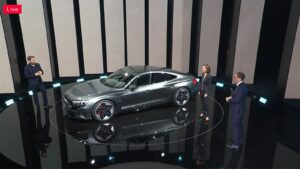
The new Audi RS e-tron GT is just the latest EV coming from the world’s automakers.
VW’s largest luxury division is another marque aggressively migrating to electric propulsion, just last month revealing the new e-tron GT sports car. There’s been no formal plan for eliminating gas or diesel but Audi officials have broadly hinted that could come within the next 10 to 15 years.
Bentley
Meeting future emissions and fuel-economy mandates will be difficult for luxury brands, especially ultra-premium marques known for large, high-performance products like Bentley. In a major move that caught almost everyone off guard, Bentley announced last December that it will offer only plug-based models by 2026, going entirely BEV by 2030.
Nissan

The 2021 Nissan Ariya is about the size of a Rogue SUV – but features the interior space of the bigger Murano.
As part of the broader Renault-Nissan-Mitsubishi Alliance, the Japanese marque battles it out for industry dominance for VW and Toyota. It was an early EV pioneer with the original Nissan Leaf. Now, after a decade delay, it is finally moving to electrify more of its line-up, the all-electric Ariya SUV launching for 2022. In January, Nissan said all products in “key markets” will use some form of electric propulsion by the “early 2030s.” This will include not only BEVs like Leaf and Ariya but also vehicles using the new e-Power range-extending hybrid system.
Toyota
This company, proud of its leadership in hybrid technology, has long been skeptical of pure electric propulsion. For now, it is committed to offering hybrid and plug-in versions of all its product lines by around mid-decade. Facing increased competition, as well as regulatory pressures, Toyota is readying a modest number of BEVs but could move fast, officials have hinted, if it sees EVs as inevitable. It has hinted this could happen by 2040. Significantly, it is investing heavily in next-generation solid-state batteries. It also wants to be a leader in hydrogen fuel-cell technology.
Hyundai Motor Group
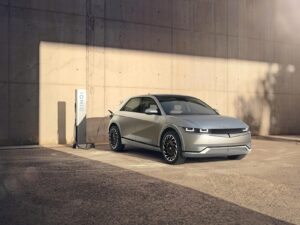
The Hyundai Ioniq 5 is the company’s new all-electric sub-brand with a new design language.
The automaker is reserving space for internal combustion engines though, even here, it is moving towards hybrids and plug-ins. The Korean carmaker, which includes the Hyundai, Kia and Genesis brands, expects to have 23 all-electric models in global showrooms by 2025. A number of them will be sold through the new, battery-car sub-brand, Ioniq. It soon could announce a move entirely to Zero-Emission Vehicles. But, like Toyota, that would include both BEVs and hydrogen fuel-cell vehicles.
Ford
An early pioneer in electrification, Ford announced last month that it will offer only plug-in hybrids and pure battery-electric vehicles in Europe by mid-2026. It has yet to lay out plans for the U.S., China and other key markets but Ford is ramping up spending on battery programs and will launch some significant products over the next several years, including an all-electric version of the F-150 pickup. It’s off to a good start, the Mustang Mach-E winning honors as North American Car of the Year for 2021, while generating significant sales.
Volvo
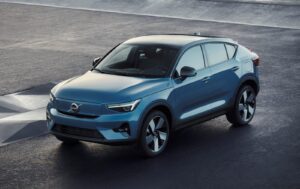
Volvo’s rolled out its second battery-electric model, the C40 Recharge.
The Swedish automaker and its Chinese parent Geely are making hefty investments in electrification. It launched its first long-range BEV, the XC40 Recharge, for 2021, and this month unveiled a second all-electric model, the S40 Recharge. Volvo had been planning on a mix of BEVs and plug-in hybrids but, by the end of the decade it will abandon those PHEVs and only sell BEVs.
Daimler/Mercedes-Benz
The leading global luxury brand is another brand moving aggressively into electrification while not quite ready to lock down a hard date to ban ICE technology. At the moment, that appears likely to happen before 2040. Mercedes already is moving in that direction with the launch of its EQ line-up. That sub-brand will cover a broad spectrum of sedans, SUVs and other body styles with products like the EQB and EQS coming out during the next several years. A significant development came with news that the high-performance AMG arm also will begin electrifying.
Smart
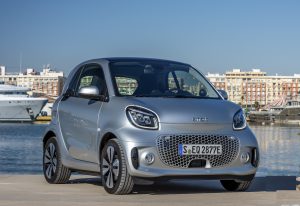
Smart was the first company to make the switch to an all-electric line-up with its fortwo.
Daimler’s city car brand became the world’s first to formally commit to switching from gas and diesel to all-electric propulsion back in 2018. The move is seen as a logical choice for the sort of buyers targeted by products like the little fortwo. The shift was already underway by the time the German parent decided to pull Smart out of the American market.
Stellantis
The merger of Fiat Chrysler Automobiles and France Groupe PSA instantly created the industry’s fourth-largest automaker. It left many questions lingering about what the newly created Stellantis might be planning for electrification. Brands like Peugeot and Citroen were adding BEVs and hybrids and are looking to accelerate the shift. The big uncertainty is on the old FCA side. That said, the Fiat brand is set to have 60% of its offerings either hybrid or fully-electric by the end of this year, and may push even further.
Maserati
Then there’s Maserati. The high-performance arm of the old Fiat Chrysler said last November the new Ghibli Hybrid is just the start of its electrification program. Last November, CEO Davide Grasso declared, “All our line-up will be electrified in the next five years.”

BMW Chairman Oliver Zipse revealed the new i4 alongside the iX — three months early.
BMW
Another early pioneer, with products like the i3 BEV and i8 plug-in sports car, BMW appeared to be debating strategy for a few years before launching two long-range all-electric models, the new iX and i4. And there are plenty more in the pipeline. But the near to mid-term strategy calls for a mix of hybrids and BEVs, which will generate 50% of BMW’s global sales by 2030, Chairman Oliver Zipse said last week.
Mini
The British-based Mini brand is a different story. Here, parent BMW isn’t wavering. This month it confirmed that Mini will become an all-electric brand by 2030 “in every region of the world.” That’s a fast changeover considering that the very first Mini BEV, the SE, just came to market this past year. Significantly, the next-generation Mini Countryman will be produced both in gas and all-electric versions when it comes to market shortly.
Jaguar Land Rover
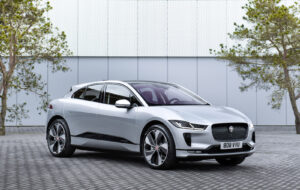
The Jaguar I-Pace hastened the brand’s shift in to the “Reimagine” program.
The Jaguar side of the British carmaker got a jump on competitors like BMW and Mercedes with its I-Pace model. A second all-electric SUV is now in the works. And CEO Thierry Bollore last month said that JLR’s “Reimagine” program will see the Jaguar side go 100% BEV by 2025, well ahead of key competitors. Surprisingly, though, the BEV version of the flagship Jaguar XJ sedan has been scrapped. As for the Land Rover side, the company plans to retain a mix of electrified powertrains, though it believes battery-only models will deliver 60% of total sales volumes by 2030.
Plenty of startups
We’ve focused on mainstream U.S., European, Japanese and South Korean brands. Expect to see a number of Chinese marques to lay out all-electric strategies, as well. That will include market leaders like Volvo parent Geely. It also will include a long list of Chinese start-ups. According to analyst Michael Dunne, more than 100 potential EV entrants hope to get licensed by the Beijing government, alongside other recent startups. There are plenty of other EV wannabes in the U.S. and Europe, such as Rivian, Lucid, Bollinger and Lordstown Motors.
Then there’s the EV market’s 800-pound gorilla. Tesla continues to dominate the market, though it has begun losing ground to a few competitors. The Ford Mustang Mach-E took 12 points of market share away from Tesla in the U.S. in recent months. The Wuling microvan is outselling all Tesla models combined.
The real question is whether consumers will back all the investments in electrification. All battery-based models combined still account for barely 6% of global new vehicle sales, BEVs roughly 2%. But industry forecasters see big jumps coming, especially if regulators continue to lay out plans banning internal combustion engines.
For GREAT deals on a new or used INFINITI check out
INFINITI of Ontario TODAY!

